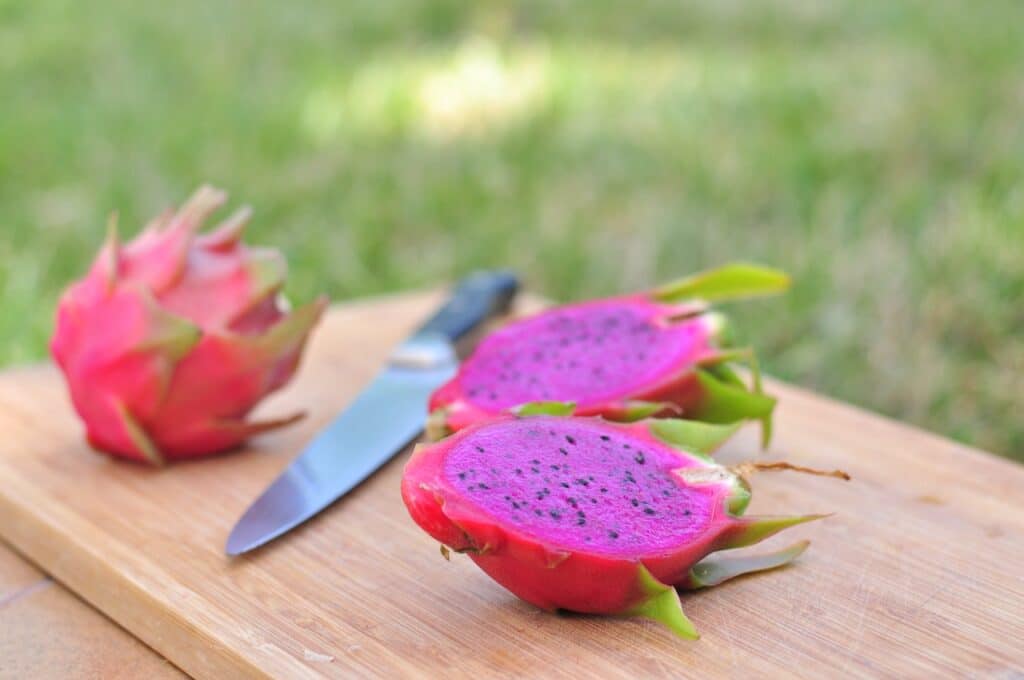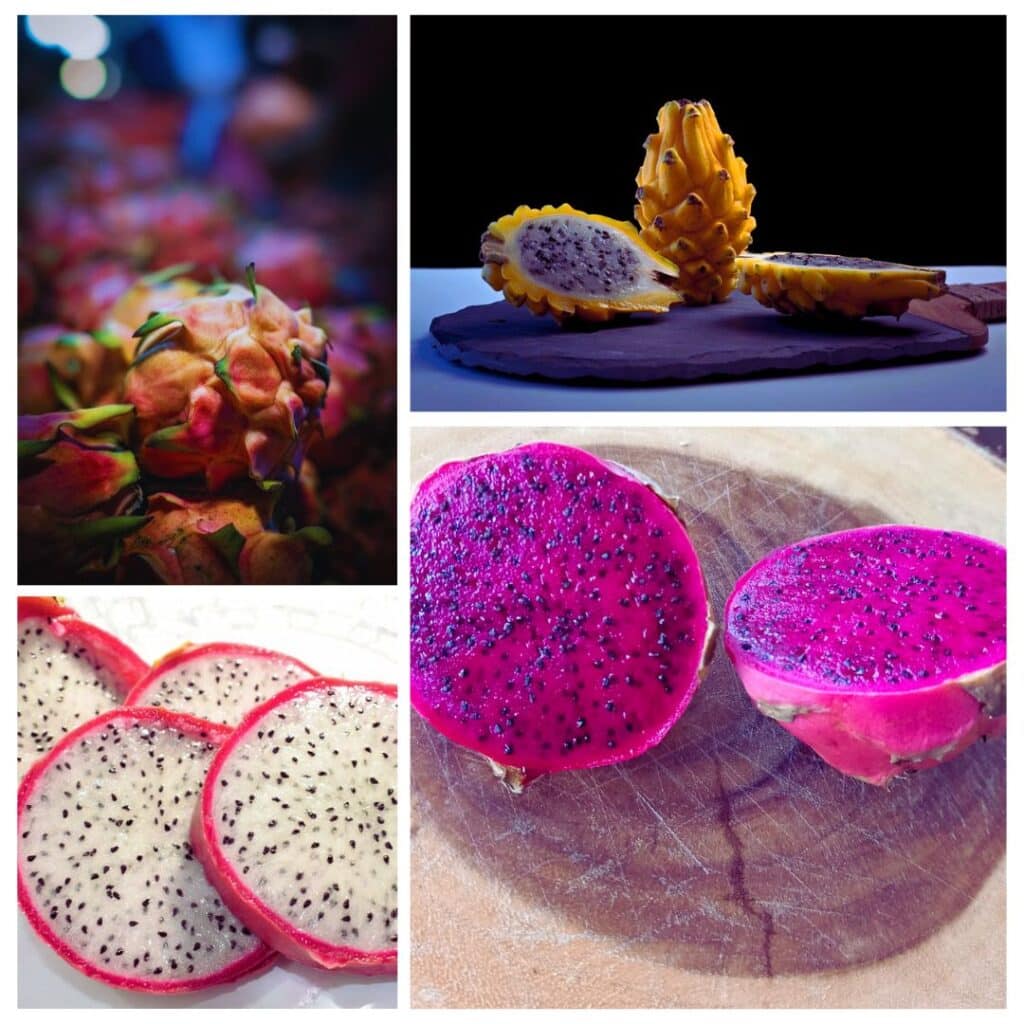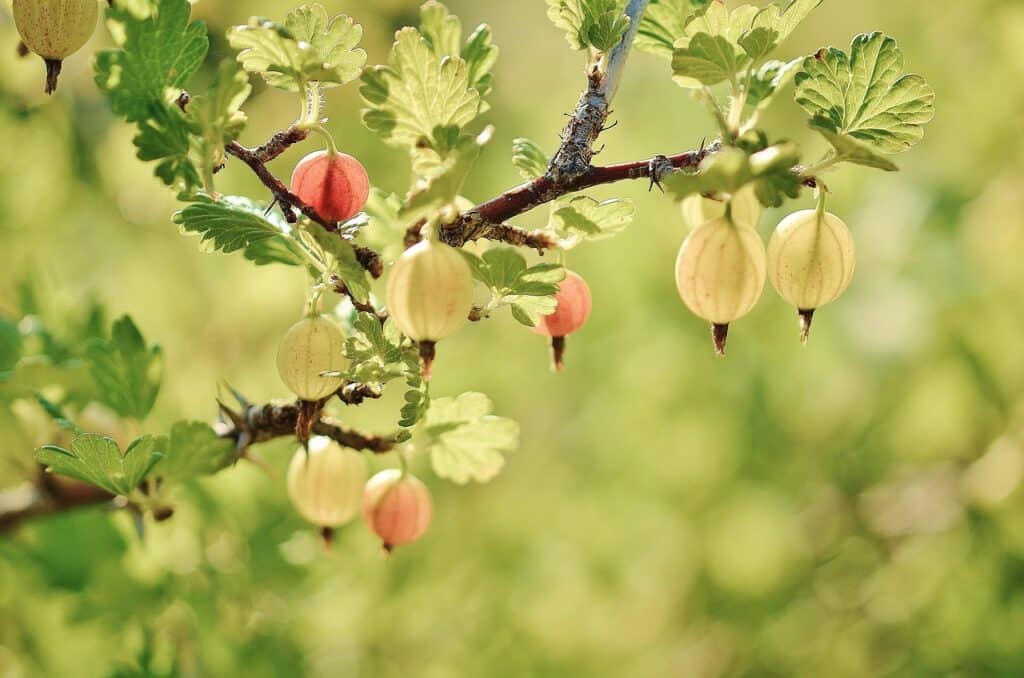Sweet red fruits covered by an acid flavor, perfect to make into a jam with some honey and cinnamon! Cranberries are a group of perennial dwarf shrubs or trailing vines that grow in cold weather (USDA 2-7). Providing rich, red fruits for the winter, let’s dive into the process on how to grow cranberries from seed.
Cold stratify the seeds for 90 days during the winter or in the fridge providing a temperature of 33-44° F. In spring, plant 1-2 seeds in seedling trays filled with sphagnum peat moss in a depth of 1/4 inches. Water your seeds until moist provide a temperature of ideally 70° F. The seeds should sprout in 3-5 weeks.
And that’s it! I hope you liked the article. Adios!
Still here? Well, there are still more details that we need to take into account when growing cranberries, things such as the different varieties we can grow, the soil, pruning, harvesting, and other tips on growing them indoors or outdoors. So let’s see some useful tips we can follow when growing cranberries from seed.

Collecting Cranberry Seeds.
There are a couple different ways to get seeds from a cranberry. The first approach is to cut the cranberries in half and take the seeds inside with a toothpick, when the fruit is open you can also try to tap it over the paper towel and the seeds may fall out of the cranberry.
Another approach is to cut your cranberries in half and place them in a jar with some water. Shake it a bit and the seeds will go down while the cranberries will stay up in the jar. After that take the cranberries out of the jar and strain the seeds with the help of a very fine colander. Then let them dry in some paper.
Both of these methods work really well. Which one to use will just depend on the amount of seeds you want to collect.
Finally, you can buy them online from a certified shop, this way you’ll have both the instructions from the company and some reviews to see the quality of the seeds.
Optimal way to Grow Cranberry from seed

1- Fill your seedling trays with sphagnum peat moss and place 1-2 cranberry seeds in a 1/4 inch deep hole
2- Apply some water and place them in a cold, sunless place during winter (3 months at 33-44° F) to let them cold stratify. You can also cold stratify them in the fridge using the “seeds in damp paper towel closed in a zip lock bag”. I recommend to try both methods.
Remember to spray with water occasionally, don't let the soil dry out and don't overwater either, a damp soil works.
3- When the temperature reaches 60° Fahrenheit or more in spring, take your seed trays and place them in a warm place (temperature between 65-75° F) that receives partial sun. Cranberry seeds take a little longer than normal to sprout, about 3-5 weeks.
If you are growing your cranberries indoors, place them near a window where they can get some sunlight, or use a grown light. If you will grow them outdoors, place them in a spot where they can get dappled sunlight.
You can also decide to grow them indoors and then plant them in your garden some time after, just make sure to let your plans go through their respective hardening process.
Growing Cranberry Indoors
After your seeds sprout and get their first set of true leaves, transplant the ones with the best growth into individual containers. Cranberries are shallow-rooted plants so they won’t need much depth, but they do need a good wide for their spreading habit, 14 inches or more works great. Here I leave you an option of affordable 10 gallon pots.
Fill your container with a mix of sphagnum peat moss, sand and soil (1/3 of each) or any other combination of acidic-soil. Fill it for about 3/4 quarters of the total space and then transplant your cranberry plant there. Cover the whole root and then place some more soil to cover nicely. You can also place some mulch to help the soil retain it’s temperature and moisture.
Place your cranberries in front of a window or any spot where they can get full to dappled sunlight, but protecting it from the hot afternoon sun. Water your plants when the surface of the soil starts to feel dry until it feels damp.
Tip: Tap water tends to be alkaline, so try to use filtered water or rain water when possible.
Growing Cranberry outdoors

After your seeds have sprouted and they reach first set of true leaves, you can transplant the ones with the best growth to your garden. Such as blueberries, cranberries prefer acidic soil. Check your soil Ph to see if it’s between 4.0-5.0. Use sphagnum peat moss or soil acidifier if necessary.
Before transplanting, eradicate any kind of perennial weeds. Do this by hand to avoid damaging the shallow roots of the plants. Give your soil a nice mix of compost to provide the best conditions for growth and when you are done transplanting them remember to use some mulch to maintain the soil conditions and avoid some weed problems
Cranberries grow well in full-dappled sunlight, avoiding the hot afternoons. The advantage of growing them in the garden is that you don’t have to water them as frequently as indoors, but always keep an eye on very hot days and periods with infrequent raining.
You can add some 2-4-2 fish emulsion to fertilize your cranberries during the growing season. But don’t apply fertilizer when they are growing fruits or too close to this period, as you want to let the plant focus on producing and not so much on leaves growing.
If you are growing many cranberry plants from seed or cuttings, leave a space of 1-2 feet between each other.
Pruning

Cranberries are do not require too much work in the pruning department. When the plants starts to produce fruit (usually when it’s 3+ years old) there will be uprights forming from the runners.
Just before the growth begins in spring, we want to prune long runners, as this will encourage uprights to form in the plant. In addition, we will remove dead, damaged, or any unproductive growth that we see.
Pest and Diseases
Cranberries are pretty strong plants, and they don’t tend to suffer from many pest and diseases. One common symptom we could see is that the leaves and turning yellow due to the soil levels not being adequate.
There are other pest and diseases that could threaten our cranberries such as fruitworms, aphids, cranberry weevils, and others.
Harvesting

When growing cranberries from seed you will have to be patient, as they take 3-5 years to bear the first set of fruits. But afterwards, you will have a good supply of cranberries to make into juices, jams, pies, and any other recipe you want for more than 10 years!
Cranberries are ready for harvest between September-November, depending on the variety. You can see when they are ripe by the color, as it will turn into a stunning red. Other fun way to check, is to let them bounce, as they contain air pockets in them and they bounce when ripe.
If you decide to buy the cranberries directly, some popular varieties in the market are pilgrim, crimson queen, early black, ben lear, and many others.
I hope this article about how to grow cranberries from seed was useful for you. If you have any questions or anecdote you’d like to share about, feel free to do it in the comments. Wish you all a good season!



